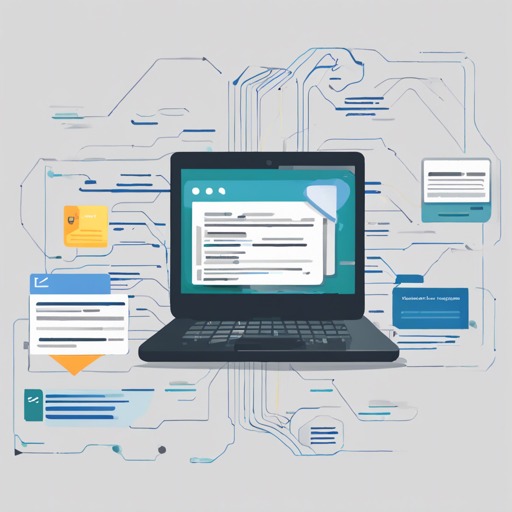Effective logging is an essential part of modern web application development. This article will guide you through using Logbook, an extensible Java library designed for HTTP request and response logging. Whether you wish to audit traffic, analyze logs, or investigate issues, Logbook has the features you need. Ready to set sail? Let’s dive in!
What is Logbook?
Logbook is a Java library that allows developers to log HTTP traffic received or sent by their applications. It provides customization options for logging formats, destinations, and conditions necessary for effective logging. Built to work out of the box for common setups, Logbook can also accommodate more complex applications with some simple configurations.
Key Features of Logbook
- Comprehensive Logging: Captures full HTTP requests and responses, including bodies, and supports partial logging.
- Customization: Tailor logging formats, set logging destinations, and define conditions.
- Wide Compatibility: Works with various frameworks like Servlet containers, Apache’s HTTP client, and OkHttp.
- Security: Provides optional data obfuscation for sensitive information.
- Spring Boot Integration: Offers auto-configuration for easier setup.
Installation Instructions
To add Logbook to your project, you must include the necessary dependency in your build tool, like Maven:
<dependency>
<groupId>org.zalando</groupId>
<artifactId>logbook-core</artifactId>
<version>$logbook.version</version>
</dependency>Creating the Logbook Instance
To log traffic effectively, you’ll need to create an instance of Logbook.
Logbook logbook = Logbook.create();This line creates a default instance of Logbook. You can also customize it by using the LogbookBuilder:
Logbook logbook = Logbook.builder()
.condition(new CustomCondition())
.sink(new DefaultSink(new CustomHttpLogFormatter(), new CustomHttpLogWriter()))
.build();The Logging Strategy
Imagine a mailroom, where every package (request) arrives and must be logged. Each package is tagged (logged) immediately when it arrives. The packages are sorted based on their strength and necessity of logging. Logbook simplifies this process with its Strategy pattern, allowing for efficient logging according to pre-configured rules.
Using Filters
Filters in Logbook help you obscure sensitive information from your logs. For example, if you’re logging user credentials, you wouldn’t want those details easily visible in logs.
Logbook logbook = Logbook.builder()
.headerFilter(HeaderFilters.authorization())
.queryFilter(QueryFilters.accessToken())
.bodyFilter(BodyFilters.defaultValue())
.build();This ensures that specific headers and parameters, like authorization tokens, are filtered and kept safe.
Logging HTTP Requests with Logbook
When a request hits your server, you want to capture as much detail as possible without hindering performance. Here’s how to log these requests efficiently:
HttpRequest request = ...; // Your HTTP request
logbook.process(request);Troubleshooting Common Issues
When things don’t go as planned, troubleshoot effectively. Here are a few common issues and solutions:
-
Issue: HttpFilter not logging correctly.
Solution: Ensure that the filter is registered correctly in your servlet context. -
Issue: Sensitive data still appearing in logs.
Solution: Double-check your filter configurations to ensure sensitive data is being adequately obscured. -
Issue: Application not picking up Logbook configurations.
Solution: Make sure your properties file is set correctly and correctly loaded in your application.
For more insights, updates, or to collaborate on AI development projects, stay connected with fxis.ai.
Conclusion
Logbook is a powerful tool for HTTP logging, providing extensive features that make it easy to capture, filter, and analyze request and response data. By leveraging its abilities, you can keep your web applications efficient and secure. At fxis.ai, we believe that such advancements are crucial for the future of AI, as they enable more comprehensive and effective solutions.
Our team is continually exploring new methodologies to push the envelope in artificial intelligence, ensuring that our clients benefit from the latest technological innovations.

